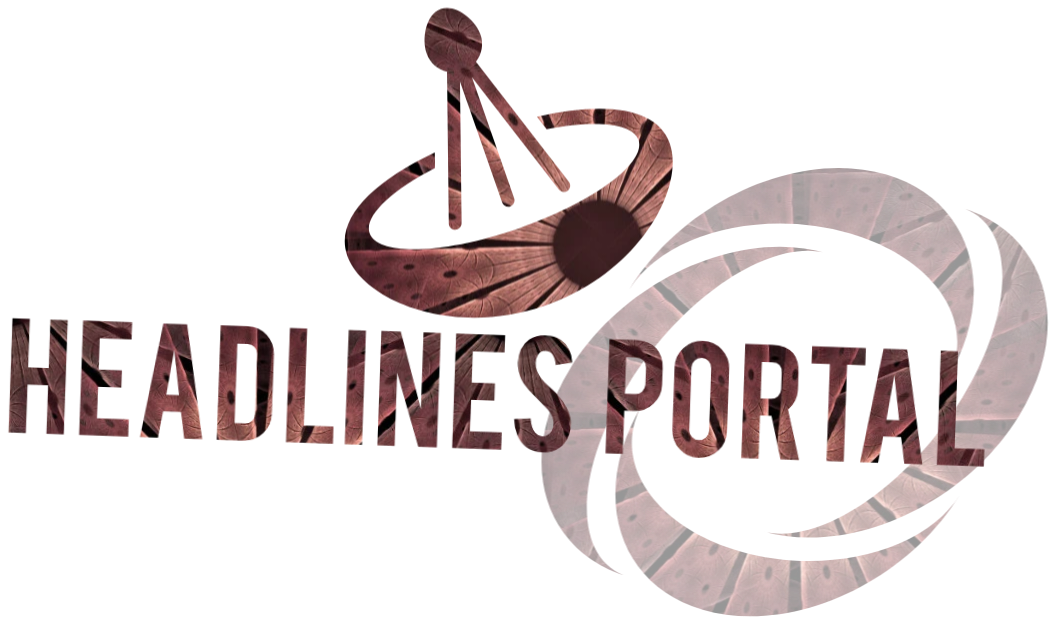
Archaeologists with the Vejle Museums have unearthed a 1,600-year-old weapon offering, including more than 100 spearheads, lances, swords, a chainmail as well as two fragments of a Roman helmet, at the site of Løsning Søndermark, Hedensted, Denmark.
Dr. Elias Witte Thomasen uncovering the massive weapon offering at the site of Løsning Søndermark, Hedensted, Denmark. Image credit: Vejle Museums.
“During the examination of one of the largest weapon deposits — offered in a posthole of a house — two unusual iron plates were unearthed, both roughly the size of a palm,” Vejle Museums archaeologist Elias Witte Thomasen and colleagues said in a statement.
“At first, their origin was unclear. However, with the help of X-ray imaging, conservators and archaeologists were able to see beneath the thick layers of rust surrounding the objects.”
“The results revealed an extremely rare find — the remains of a Roman helmet.”
According to the team, this find is the only known Roman helmet ever found in Denmark and the earliest iron helmet found in the country.
“The two plates consist of a neck plate and a decorated cheek plate from a so-called crest helmet, a type used in the Roman Empire in the 4th century CE,” the researchers said.
“Roman helmet finds from the Iron Age are exceptionally rare in southern Scandinavia, and there are no direct parallels to this discovery.”
“The few similar finds come from Thorsbjerg Moor in Schleswig or from southern Sweden and Gotland-none from Denmark.”
The discovery raises a significant question: why were only the neck plate and one cheek plate discovered?
“The answer lies in the nature of post-battle rituals during this period of the Iron Age, where weapons and military equipment were rarely deposited intact,” Dr. Thomasen explained.
“Spearheads were separated from their shafts, sword blades from their hilts, and equipment was destroyed and divided among the parties involved in the conflict.”
“The missing cheek plate and helmet bowl were likely distributed elsewhere.”
“The helmet may have belonged to a Germanic warlord who served in the Roman auxiliaries, bringing his personal equipment home after his service ended,” he said.
“Alternatively, it could have been looted from a Roman legionary in battles closer to the Empire’s Germanic frontier and later brought to Jutland.”
“Both on its own and in relation to the broader deposition of weapons and military gear at the site, the helmet provides valuable insights into the military elite of the Iron Age and their connections to the powerful southern neighbor — the Roman Empire.”















